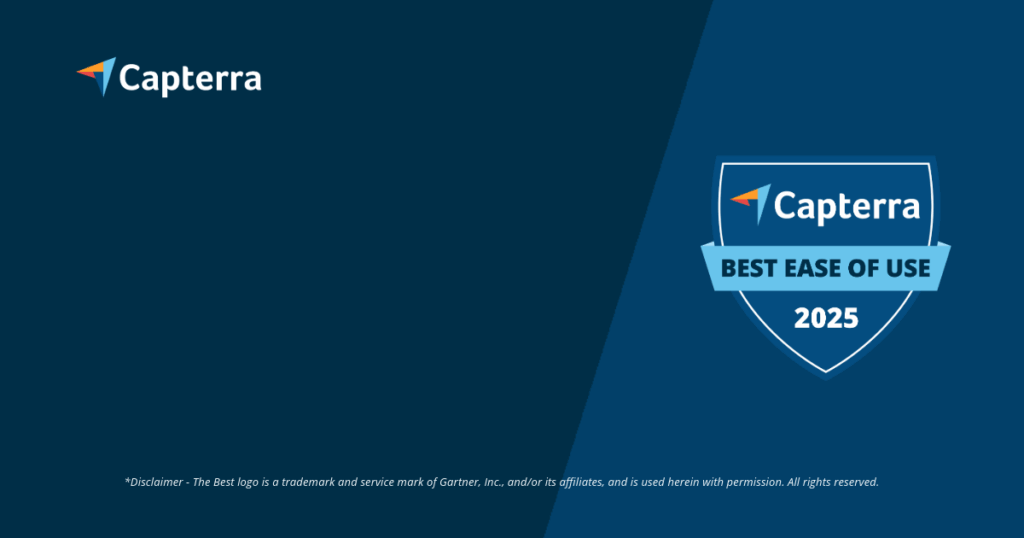The Foundation: What is Lean Management in Construction?
Lean Management in construction, often referred to as Lean Construction, is the transfer of ‘lean’ production principles from the automotive industry to construction projects. The approach was originally inspired by the Toyota Production System and aims to generate maximum value for the customer by eliminating all forms of waste. Instead of rigid top-down planning, Lean Construction relies on flexible, collaborative processes. This can increase productivity by up to 50%.
The method is based on five central principles that shape the entire project cycle:
- Define value: What exactly does the customer expect? All activities are aligned with this defined value.
- Analyze value streams: All processes contributing to value creation are identified, and non-value-adding steps are removed.
- Implement flow principle: Workflows are designed to flow without interruptions or waiting times.
- Apply pull principle: Work begins only when it is requested by the next stage of the process, preventing overproduction.
- Strive for perfection: A continuous improvement process (Kaizen) ensures ongoing optimization of all workflows.
This mindset forms the foundation for specific methods that fundamentally change the construction process.
The Tools: Specific Lean Management Methods in Construction
To put the Lean philosophy into practice, specific methods have been established in construction. These tools help translate theoretical principles into structured and repeatable processes. Just introducing collaborative contract models can reduce costs by 6% to 7%. Two of the most effective methods are the Last Planner System and takt planning.
Here are the central Lean methods at a glance:
- Last Planner® System (LPS): This method directly involves the executing parties – the ‘last planners’ such as foremen and team leaders – in the detailed planning. Instead of a rigid overall plan, a rolling 6-week preview is created, which is specified weekly.
- Takt planning and takt control: Similar to an assembly line, the construction site is divided into zones (takt areas) and the work into equally long time intervals (takt). Trades move as a ‘work train’ from one area to the next, leading to a steady and predictable construction process.
- 5S Method: A system for organizing the workplace (Sort, Set in order, Shine, Standardize, Sustain) that reduces search times and increases safety.
- Continuous Improvement Process (CIP): Regular, short meetings (e.g., Daily Huddles) help quickly identify problems and optimize processes in real-time.
These methods are not isolated solutions but unleash their full effect through interaction, much like the Software for optimizing construction processes demonstrates.
The Benefit: Measurable Advantages of Lean Construction
The introduction of Lean Management methods in construction is not merely an academic exercise but delivers tangible, measurable results. Companies implementing Lean practices report significant improvements throughout the project lifecycle. For instance, cycle times can be reduced by up to 30%. This leads not only to greater adherence to deadlines but also to noticeable cost savings.
Another crucial benefit is the Improvement in Safety. Through structured processes, clear work areas, and proactive planning, the accident rate on construction sites can drop by up to 40%. Quality also benefits: when processes run stably and errors are discussed early in the team, the effort for expensive rework decreases. The improved collaboration of all parties increases project efficiency by over 25%. These figures illustrate that a shift towards lean processes is a key lever for economic success. The Process optimization with construction software plays a supportive role. The consistent implementation of these principles is the key to effective construction management.
The Challenge: Communication as the Key to Lean Success
Methods like the Last Planner System thrive on excellent communication. The ‘last planners’ must reliably plan their commitments for the upcoming week and notify of any obstacles early on. This is often where the biggest challenge lies. Information gets lost in messy WhatsApp groups, isn’t documented properly, or reaches the project management office with significant delays of up to 24 hours.
Without a fast and direct link between the construction site and the office, the Lean principles cannot unfold their effect. Improved communication can make project alignment over 25% more efficient. Lack of transparency undermines pull planning and leads back to the old problems: waiting times, inefficient resource use, and frustration within the team. A functioning information flow is essential for successful Construction Project Control . Thus, a tool is needed that makes Lean communication as easy and efficient as possible, without overwhelming on-site staff with complex software.
The Solution: Digitizing Lean Processes with Valoon
This is where Valoon comes in, bridging the communication gap between the construction site and the office. Valoon utilizes the simplicity of WhatsApp to optimally support Lean processes like the Last Planner System. Workers on the site do not need a new app or training. They communicate as usual via text or voice messages in a structured project group. Every piece of information, every photo, and every document is automatically and legally securely archived by Valoon in the digital construction diary. automatisch und rechtssicher im digitalen Bautagebuch This ensures seamless documentation, which is crucial for continuous improvement.
So Valoon concretely supports your Lean methods:
- Direct communication: Foremen and skilled workers can report obstacles or task completions in real-time – a perfect basis for Daily Huddles and weekly detailed planning.
- Legally secure documentation: All agreements are immutable and timestamped, making the reliability of planning (PPC – Percent Plan Complete) measurable.
- Live translation: Language barriers, which often lead to misunderstandings, are easily overcome with the integrated translation function for over 20 languages.
- Efficient data capture: Measurements, timesheets, and defects are recorded directly via WhatsApp and automatically assigned to the right processes, maximizing the time savings on the construction site. With Valoon, the transparency required for Lean Construction is created without jeopardizing employee acceptance.
Conclusion: Your Advantage with Valoon
Fazit: Ihr Vorteil mit Valoon
Lean Management methods in construction are the key to more efficient, safer, and more profitable projects. They systematically reduce waste and can increase productivity by up to 50%. However, the success of these methods crucially depends on seamless and straightforward communication. Valoon provides the bridge between sophisticated Lean methods and simple implementation on the construction site. You benefit from maximum efficiency and legal security with minimal training effort. Take the next step in the digitization of the construction industry and optimize your processes. Ensure information flows and your projects become lean and successful.
More Links
Lean Construction Institute explains Lean Construction and related topics.
Das Karlsruhe Institute of Technology (KIT) offers a publication addressing aspects of construction.
Statista provides statistics on revenue in the construction main industry since 2000.
Der Main Association of the German Construction Industry offers a publication on productivity in the construction main industry.
Das Federal Statistical Office (Destatis) offers a topic page on construction.
FAQ
Is Lean Management only suitable for large projects?
No, the principles of Lean Management are scalable and can be applied to projects of any size. Even in smaller construction projects, significant improvements in costs, time, and quality can be achieved by reducing waste and optimizing processes.
Do I need to purchase new, expensive software for Lean Construction?
Not necessarily. The key is a functioning, transparent communication process. Valoon enables the implementation of Lean principles by building on the already established tool WhatsApp, thereby avoiding additional training effort for on-site staff while keeping costs manageable.
How quickly will I see results after implementing Lean methods?
Initial positive effects, such as improved communication and more transparent workflows, are often visible within a few weeks. Measurable results like more reliable adherence to deadlines or reduced costs typically become visible after the first successfully completed project phases that were planned according to the method.
What is the difference between Lean Construction and agile methods?
Both approaches are closely related and aim for flexibility and efficiency. Lean Construction focuses heavily on eliminating waste and optimizing the entire value stream. Agile methods, like Scrum, emphasize short, iterative cycles and rapid adaptation to changing requirements. In practice, elements from both worlds are often combined.
How can Valoon assist with takt planning?
In takt planning, adhering to the schedule precisely is crucial. With Valoon, teams can immediately report the completion of a takt or unforeseen issues via WhatsApp. This real-time information is automatically documented and enables project control to take immediate corrective action and maintain the rhythm on the construction site.
How do I start with Lean Management in my company?
A good starting point is a pilot project. Choose a manageable project and introduce a fundamental Lean method like the Last Planner System. Train the key individuals involved and utilize a simple digital tool like Valoon for communication support. Book a free demo to see how easy the entry can be.








